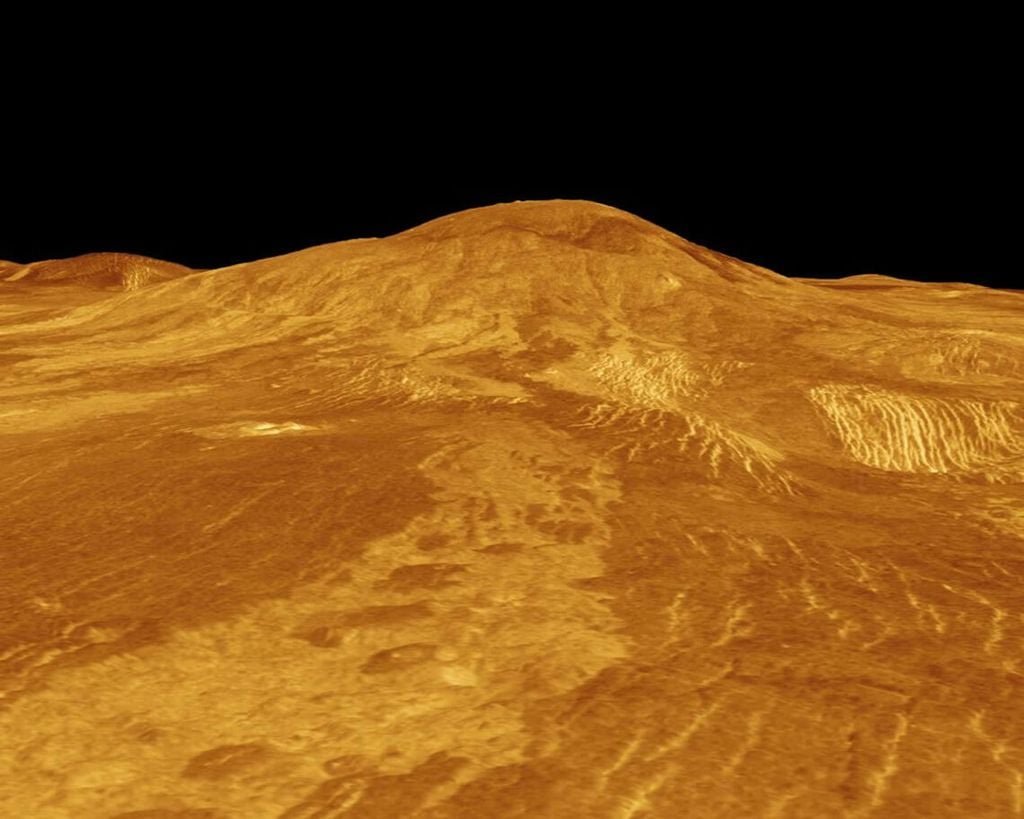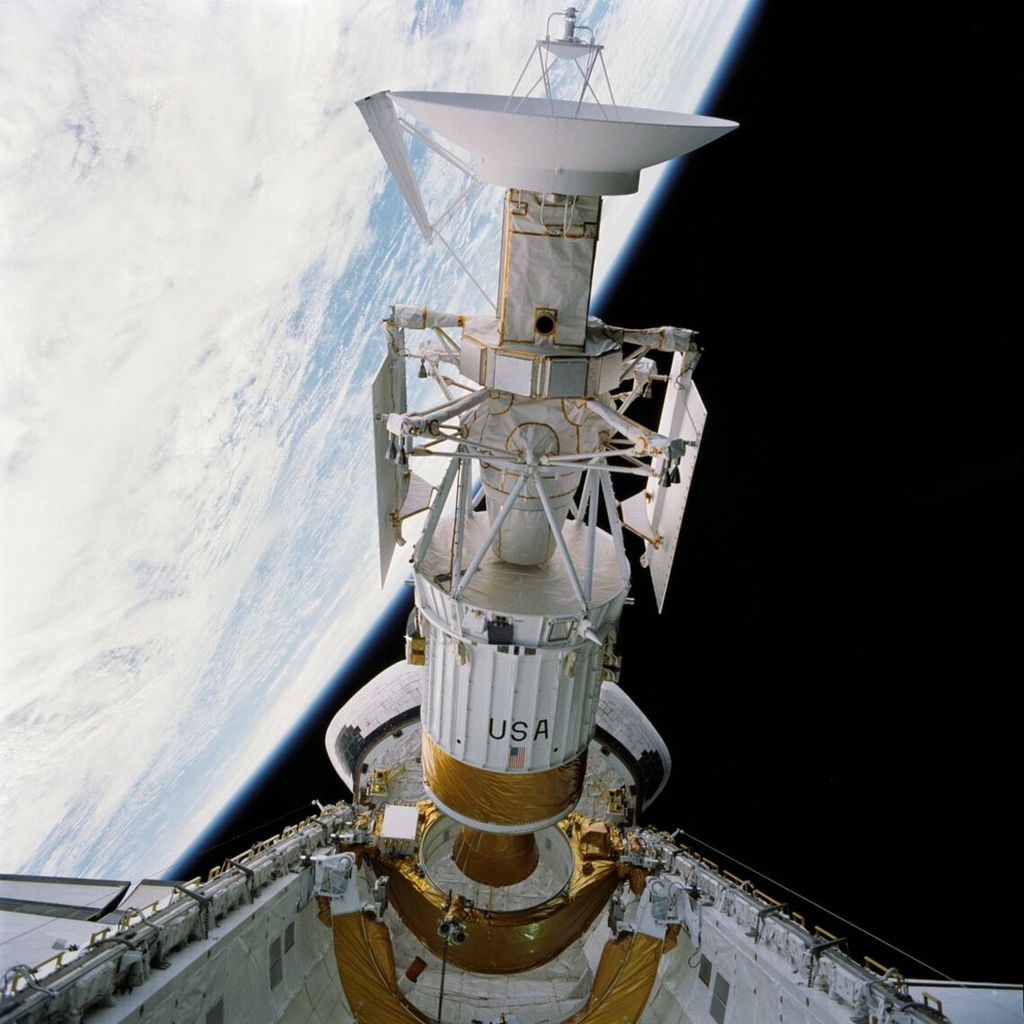Recent volcanic activity on Venus detected by Magellan probe


According to NASA in Spanishscientists in Italy analyzed archival data NASA Magellan Mission to uncover changes on the surface indicating the formation of new rocks from lava flows associated with volcanoes that erupted while the spacecraft was orbiting the planet. Managed by NASA’s Jet Propulsion Laboratory in Southern California. Magellan mapped 98% of the surface planets between 1990 and 1992, and the images she created remain the most detailed yet Venus before date.
“Using these maps as a guide, our results suggest that Venus may be much more volcanically active than previously thought.“, said David Sulcanese from the University of Annunzio in Pescara, Italy, who led the study. “By analyzing lava flows we observed in two places on the planet, we found that volcanic activity on Venus could be comparable to that on Earth.“.
Magellan probe
This latest discovery builds on the historic 2023 discovery. synthetic aperture radar images Magellan, who revealed changes in the crater of the Maat Mons volcano near the equator of Venus.
The radar images were the first direct evidence of a recent volcanic eruption on the planet.
By comparing radar images of Magellan over time, the authors of the 2023 study found changes caused by the outflow of molten rock from the interior of Venus, filling the vent crater and spreading along the slopes of the vent.

Scientists study active volcanoes to understand how a planet’s interior can shape its crust, drive its evolution and influence its habitability. Discovery of recent volcanism on Venus provides valuable information about the history of the planet and why it took a different evolutionary path than Earth.
Radar backscatter
In a new study published in the journal Nature AstronomyThe researchers also focused on archived Magellan synthetic aperture radar data. Radio waves sent by radar They passed through the thick cloud cover of Venus, and then They bounced off the surface of the planet and returned to the spaceship.. These reflected radar signals, called backscatter, carry information about the surface material of the rock they hit.
The two sites studied were Sif Mons volcano in the Eystla region and western part Planitia Niobe, where numerous volcanic formations are located. By analyzing backscatter data obtained from both locations in 1990 and again in 1992, the researchers found that the radar signal strength increased along certain trajectories during subsequent orbits. These changes suggested the formation of new rock, most likely solidified lava as a result of volcanic activity that occurred during this two-year period. But they also considered other possibilities, such as presence of microdunes (formed from wind-blown sand) and atmospheric effects that can interfere with the radar signal.
To confirm the presence of new rocks, the researchers analyzed altimetry (surface height) data from Magellan to determine the slope of the terrain and find obstacles around which lava will flow.
“We interpret these signals as flows along volcanic slopes or plains that can be deflected by obstacles such as shield volcanoes as fluid.“said study co-author Marco Mastrogiuseppe from the Sapienza University of Rome. “Having ruled out other possibilities, we confirm that our best interpretation is that these are new lava flows.“.
Using flows on Earth as a comparison, the researchers estimated that the new rocks placed in both locations would average between 3 and 20 meters deep. They also calculated that eruption of Seef Mons The result was about 30 square kilometers of stone, enough to fill at least 36,000 Olympic-sized swimming pools. Eruption of Niobe Planitia produced approximately 45 square kilometers of stone, which will fill 54,000 Olympic swimming pools. By comparison, the 2022 eruption of Mauna Loa in Hawaii, the largest active volcano on Earth, produced a lava flow that contained enough material to fill 100,000 Olympic-sized swimming pools.
“This exciting work provides yet another example of volcanic change on Venus due to new lava flows intensifying the changes at vents that Dr. Robert Herrick and I reported last year.“, said Scott Hensleychief scientist at JPL and co-author of the 2023 study.”This result, along with previous discoveries of modern geological activity, increases the planetary science community’s enthusiasm for future missions to Venus.“.
Discovery of volcanoes
Hensley is a researcher on the upcoming project. Mission VERITAS from NASA and Mastrogiuseppe He is a member of his research group. VERITAS, short for Venus Emissivity, Radio Science, InSAR, Surveying and Spectroscope, is scheduled to launch early in the next decade and will use next-generation synthetic aperture radar to create global 3D maps and a near-infrared spectrometer to determine what exactly the surface of Venus is consists of and at the same time monitors volcanic activity. In addition, the spacecraft will measure the planet’s gravitational field to determine its internal structure.
